nakamura lab
neurological disease
News
2025
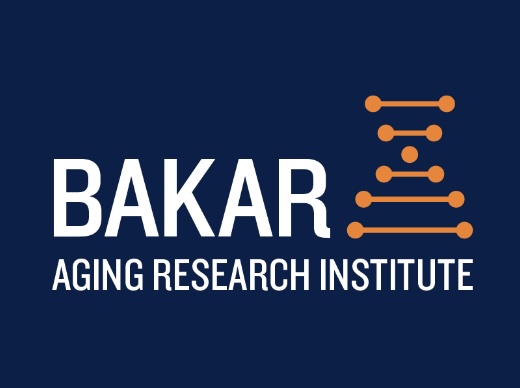 | Congratulations to Saeed Fathi for receiving Hillblom/BARI Graduate Student Fellowship |
Overworked Brain Cells May Burn Out in Parkinson’s Disease
A discovery about the consequence of neuron overactivity could lead to new methods of treating or preventing Parkinson’s disease.
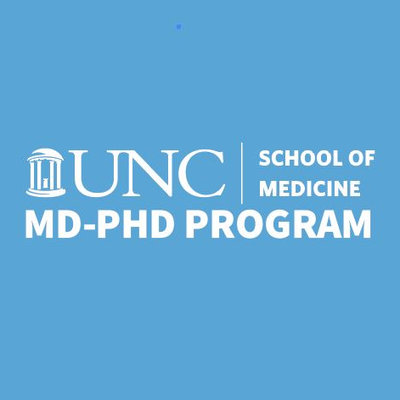 | Congratulations to Lillie Bui for her re admission to the UNC Chapel Hill MSTP program |
Congratulations to Katie Rademacher for receiving the Distinguished Achievement in Science Award!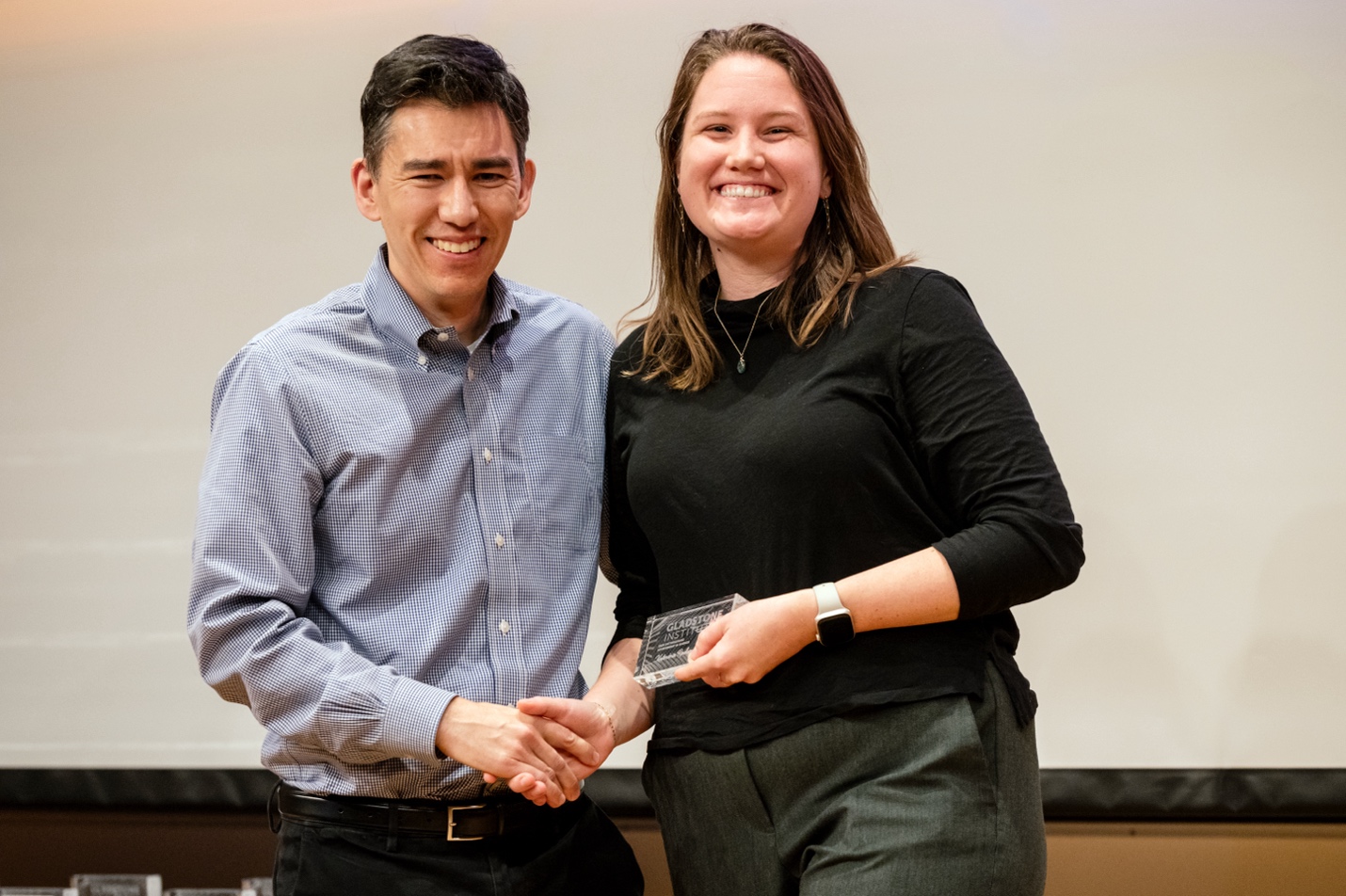

Congratulations to Yanilka Soto-Muniz for receiving the Diversity Champion Award! 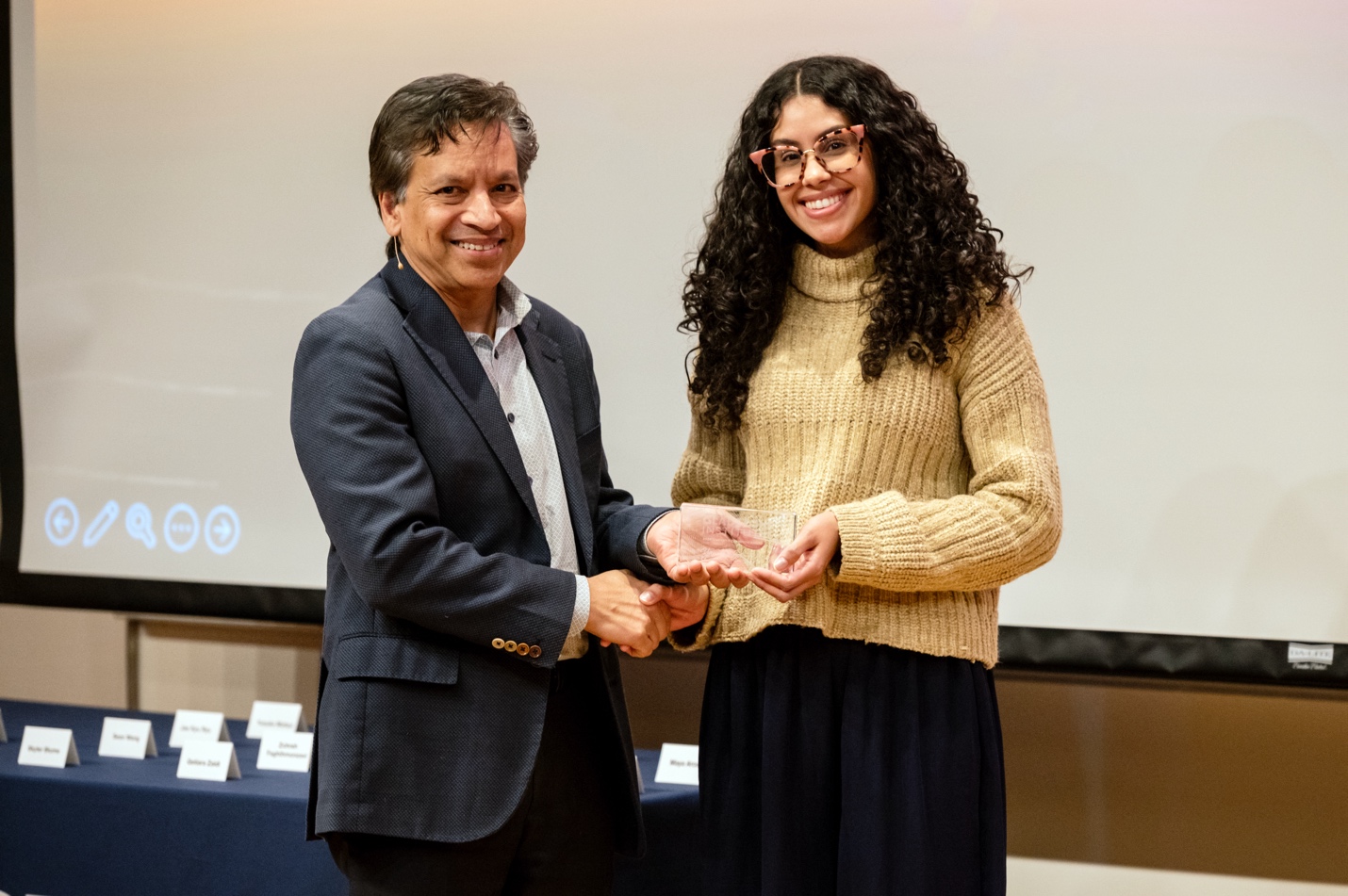
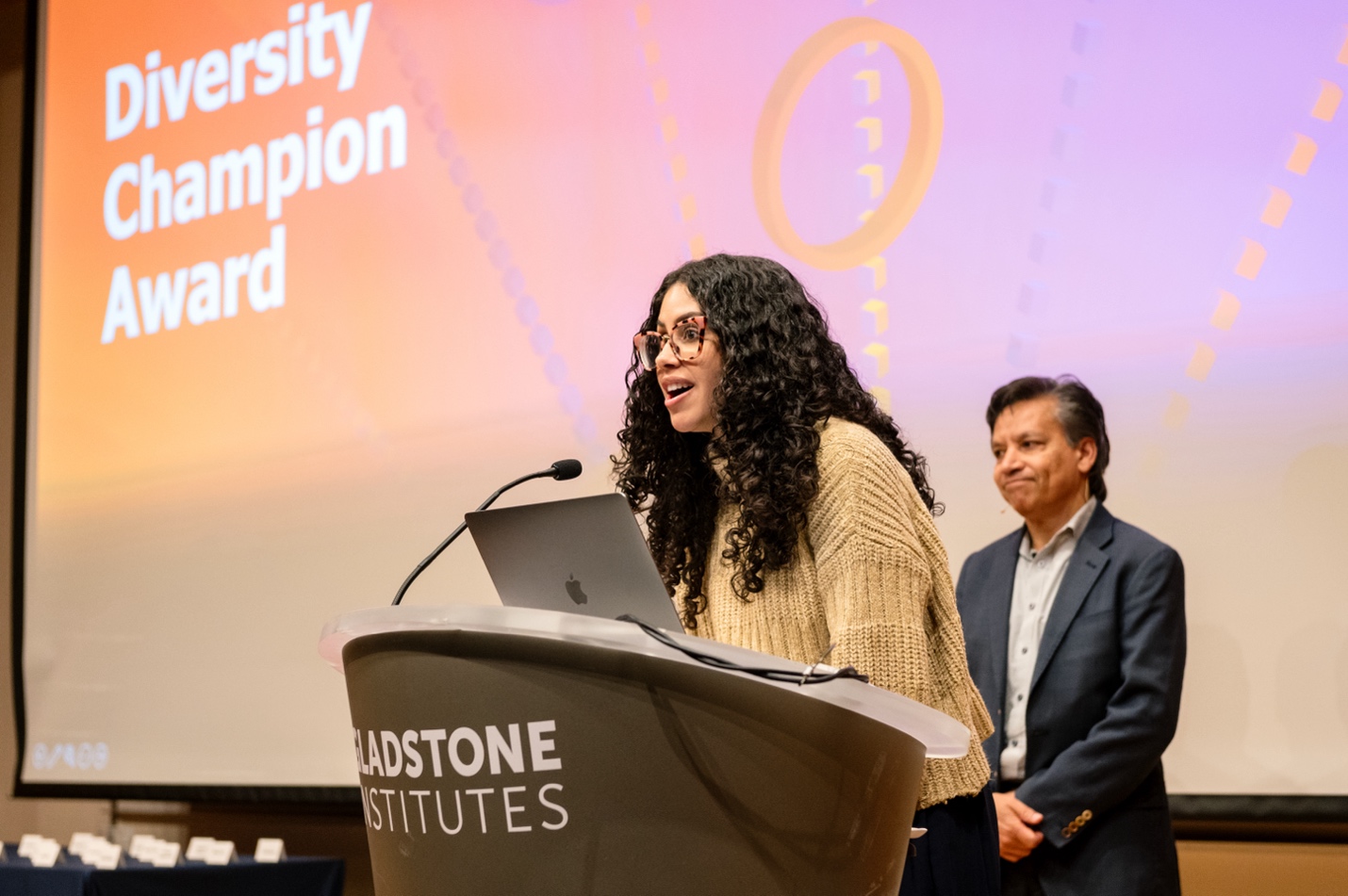
2024
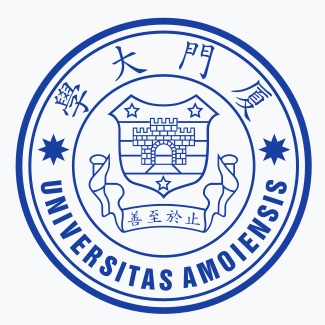 | Congratulations to Huihui Li for her promotion to Associate Professor! |
 | Big congratulations Neal for being appointed Assistant Professor at Oregon Health & Science University (OHSU) |
Congratulations to Szu-Chi for successfully defending his thesis and graduating from UC Berkeley!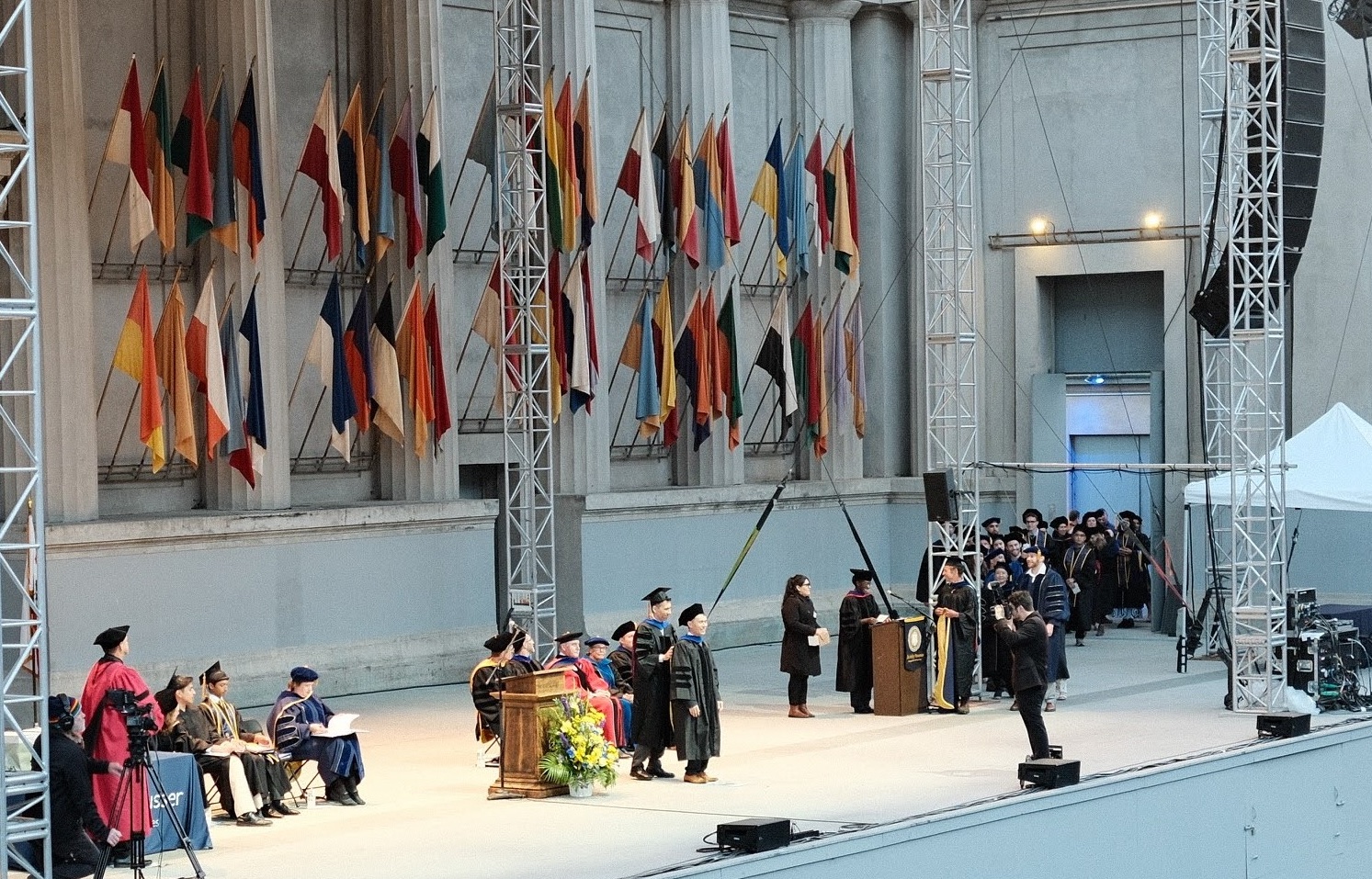
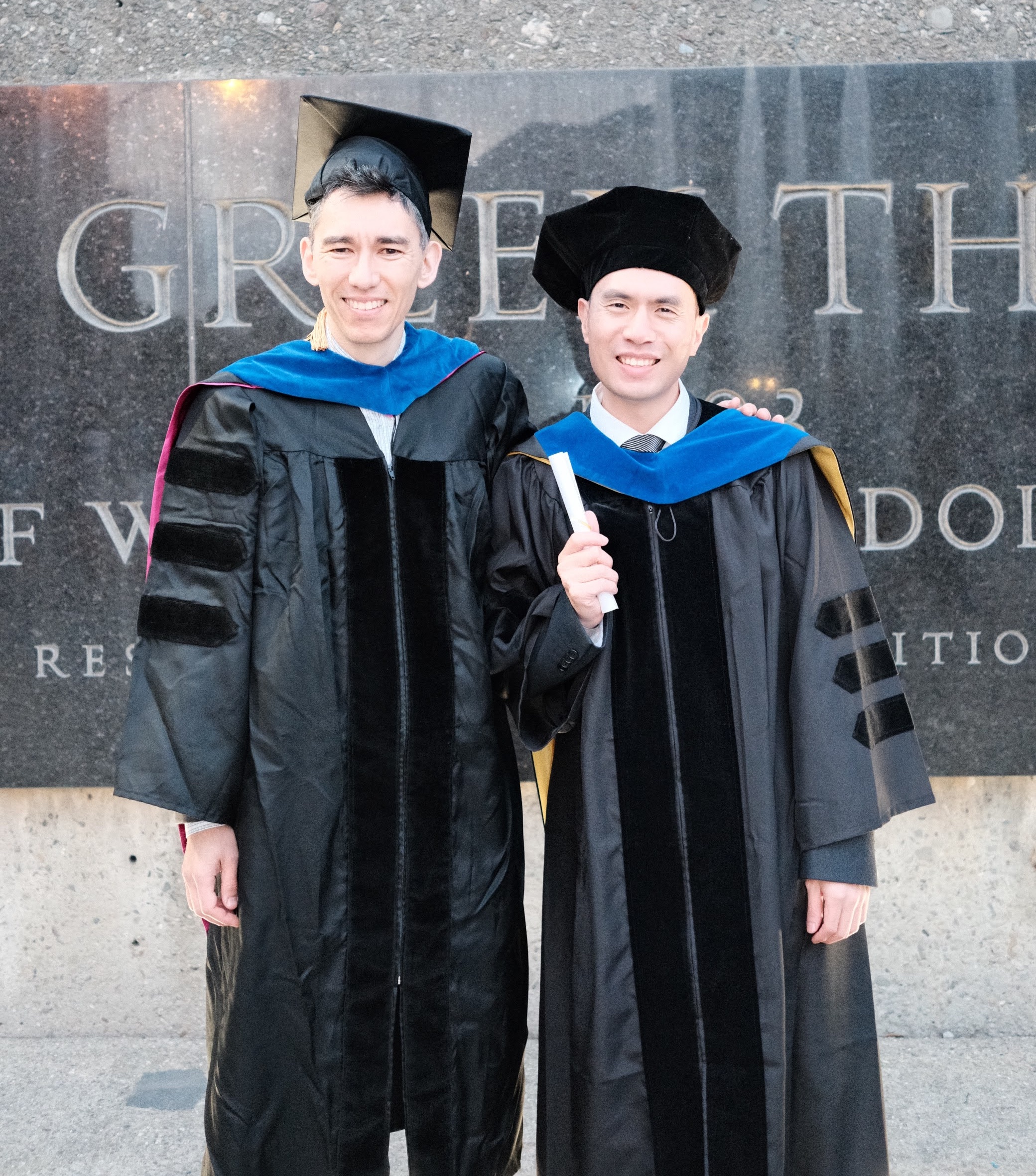
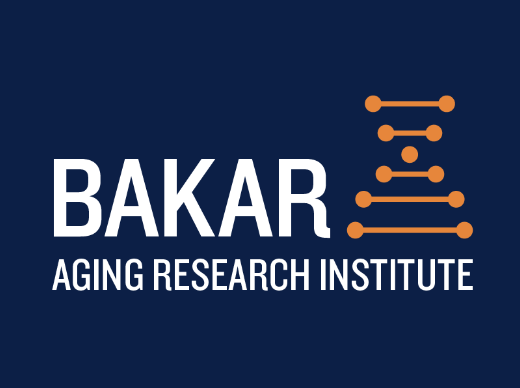 | Congratulations to Yanilka for receiving a Hillblom/BARI Graduate Student Fellowship Award |
 | Congratulations Katie for receiving an NIH/NINDS F31 Fellowship! |
 | Congratulations to Megan for admission to the Brown University-NIH Graduate Partnership Program! |
 | Big congratulations to Huihui Li for being appointed Assistant Professor at the School of Medicine, Xiamen University in China! |
Cellular Clean Energy: Can Mitochondria Make More Energy Without Collateral Damage?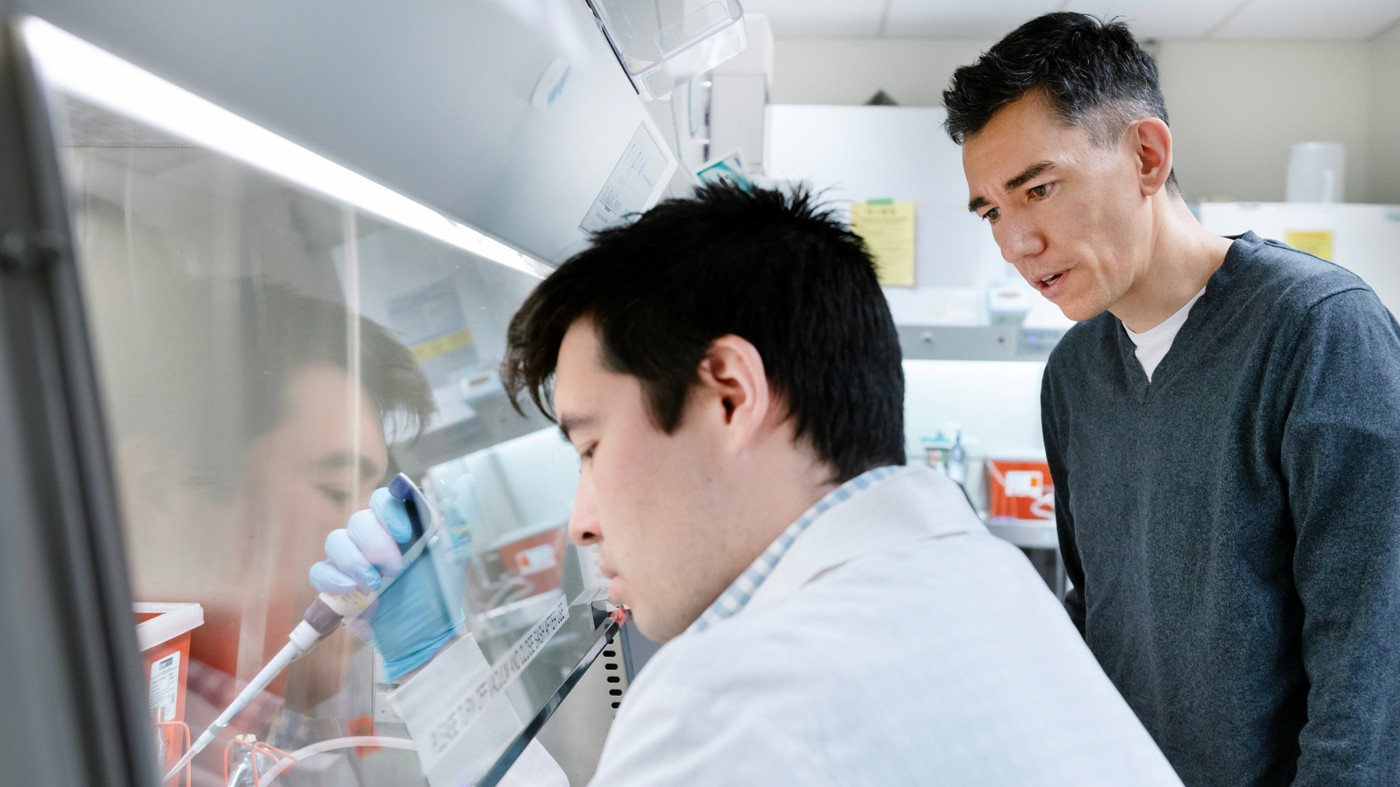
New research from Gladstone may help in the development of new therapies that target the problem of cellular energy failure—a hallmark of Parkinson’s, Alzheimer’s, and aging in general
2023
 | Congratulations Jonathan for being accepted in the UCSF IRACDA (Institutional Research and Academic Career Development Award) Scholars Program! |
 | Congratulations Wole for receiving a CIRM Scholarship! |
 | Congratulations to Szu-Chi for receiving a Government’s Scholarship to Study Abroad, Ministry of Education in Taiwan! |
 | Congratulations to Yoshi for receiving a Ruth L. Kirschstein National Research Service Award fellowship |
Sugar Rush: Scientists Discover Key Role of Glucose in Brain Activity.
Scientists from Gladstone and UCSF have shed light on exactly how neurons consume and metabolize glucose, which could have implications for understanding neurodegenerative diseases. Seen here are Ken Nakamura (left), Yoshi Sei (center), and Myriam Chaumeil (right).
2022
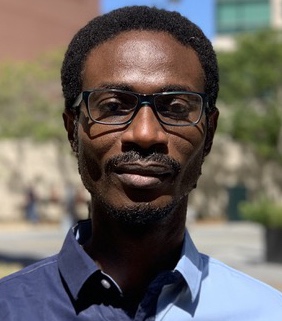 | Congratulations to Wole for receiving the Berkelhammer Award for Excellence in Neuroscience! |
 | Congratulations to Neal for receiving a K01 Award from the NIH! |
Gladstone Scientific Retreat, September 7-9, 2022
 | Congratulations to Ken to being inducted as one of the newest members of The American Society for Clinical Investigation (ASCI) |
 | Congratulations Neal for receiving a CIRM Scholarship! |
2021
Recycling a Cell’s Energy Centers to Ward Off Parkinson’s Disease
Gladstone researchers, including Ken Nakamura (left), Zak Doric (center), and Huihui Li (right), tracked mitochondria inside neurons and uncovered a new recycling pathway that may be linked to Parkinson’s disease.
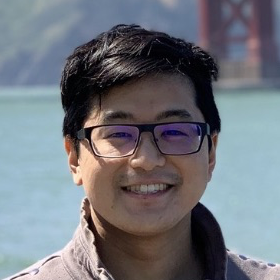 | Congratulations to Yoshi for receiving the Berkelhammer Award for Excellence in Neuroscience! |
ASBMBTODAY—A balancing game with implications for neurodegenerative disease
A recent study suggests that mitochondrial fission and fusion are altered in several neurodegenerative diseases including Alzheimer’s.
 | Congratulations Szu-Chi for receiving a Dr. And Mrs. James C.Y. Soon Fellowship! |
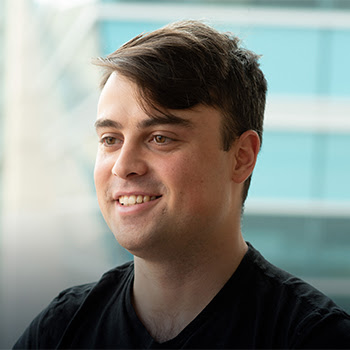 | Congratulations Zak for receiving the Distinguished Achievement in Science Award in Neuroscience! |
 | Congratulations Erica for receiving the Institute of Neurological Disease Award of Excellence! |
2020
Young Scientists Committed to Finding Treatments for Neurodegenerative Diseases
Zak Doric (2nd from left) is one of the 2020 Berkelhammer Scholars at Gladstone who are breaking new ground in research on dementias, Parkinson’s disease, and neuropsychiatric disorders
In Memory of David Traitel: Visionary Philanthropist and Champion of Parkinson’s Disease Research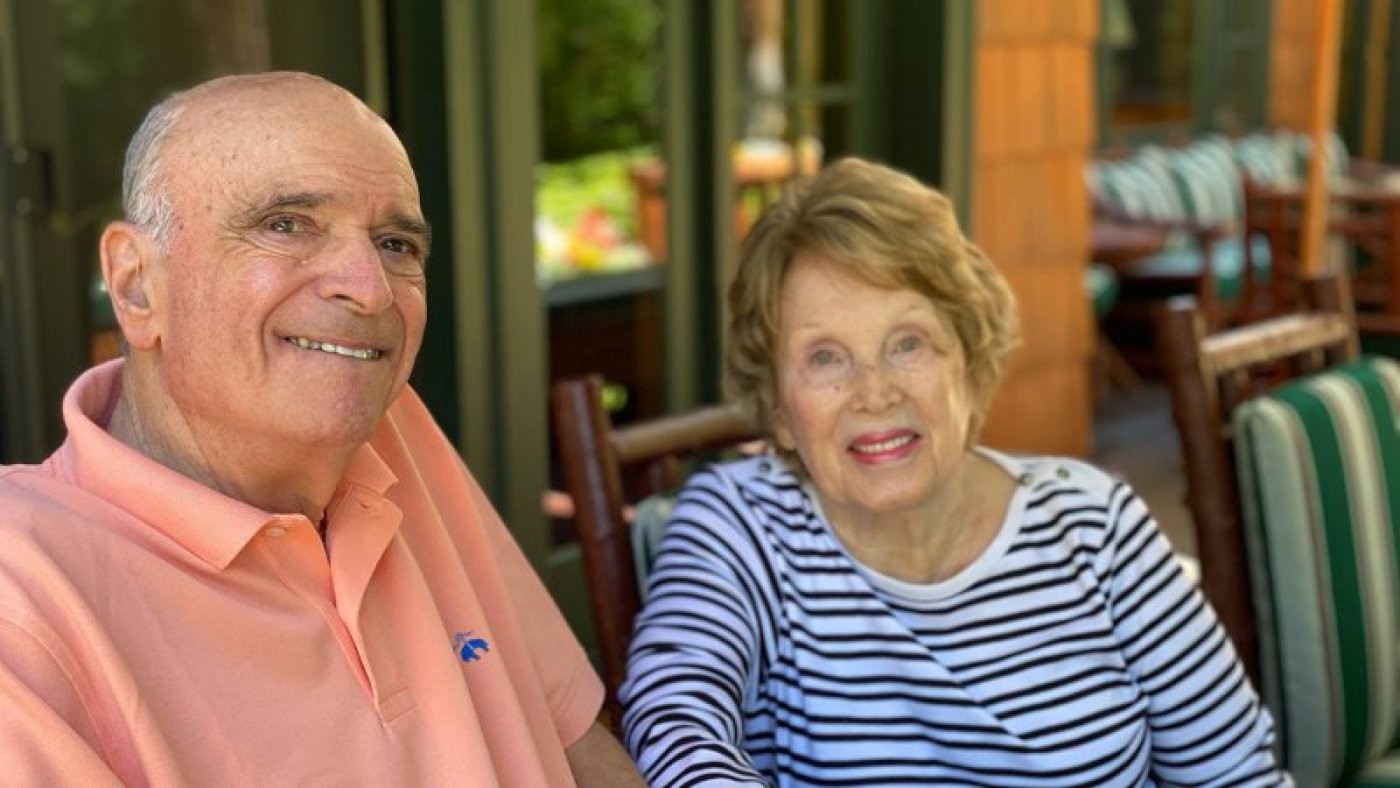
Gladstone remembers a loyal partner in its fight against Parkinson’s disease
Gladstone Researchers Awarded $3.2 Million to Study Cellular Energy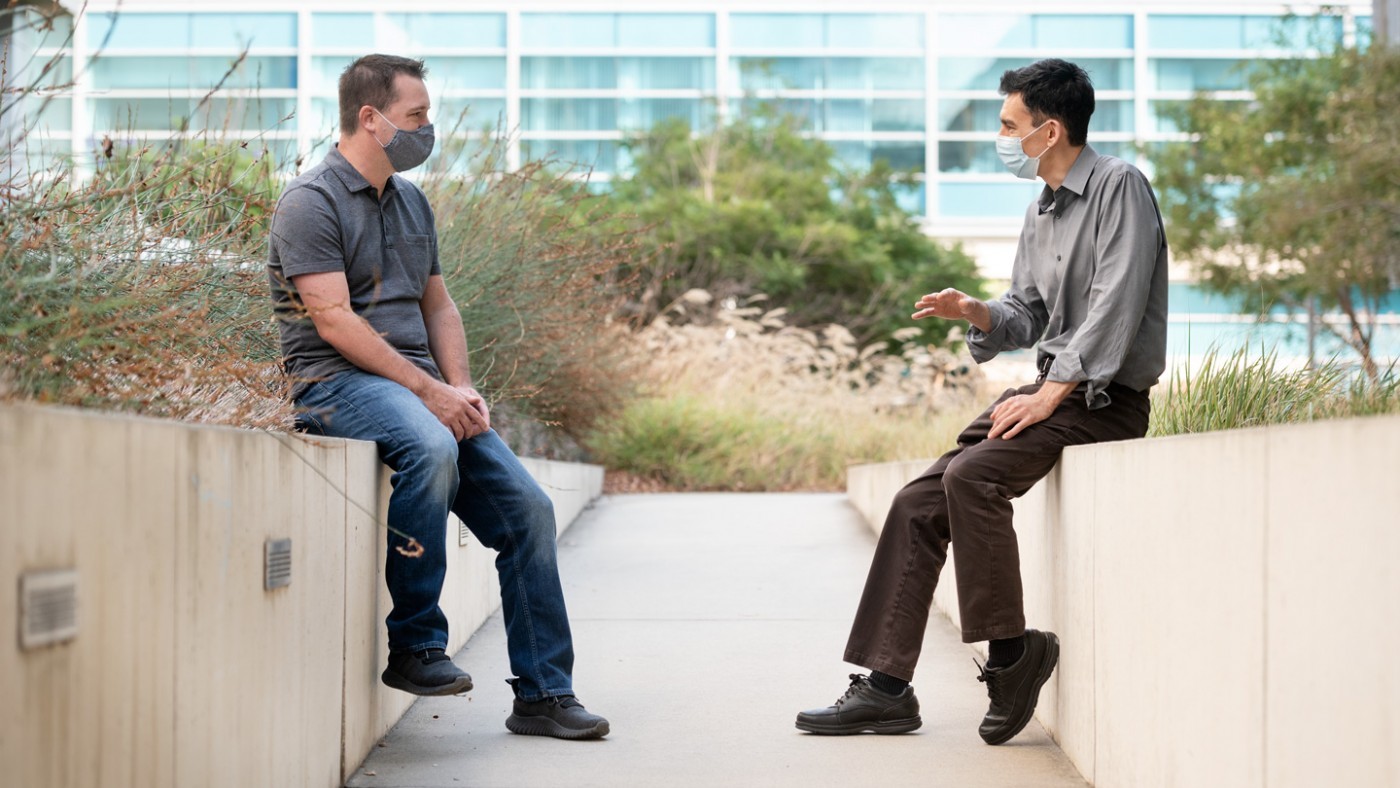
Ken Nakamura and Todd McDevitt will study how to boost cells’ energy and how the strategy can best treat disease
 | Congratulations Zak for receiving a Hillblom Graduate Student Fellowship Award! |
Gladstone News—Cellular Energy Audit Reveals Energy Producers and Consumers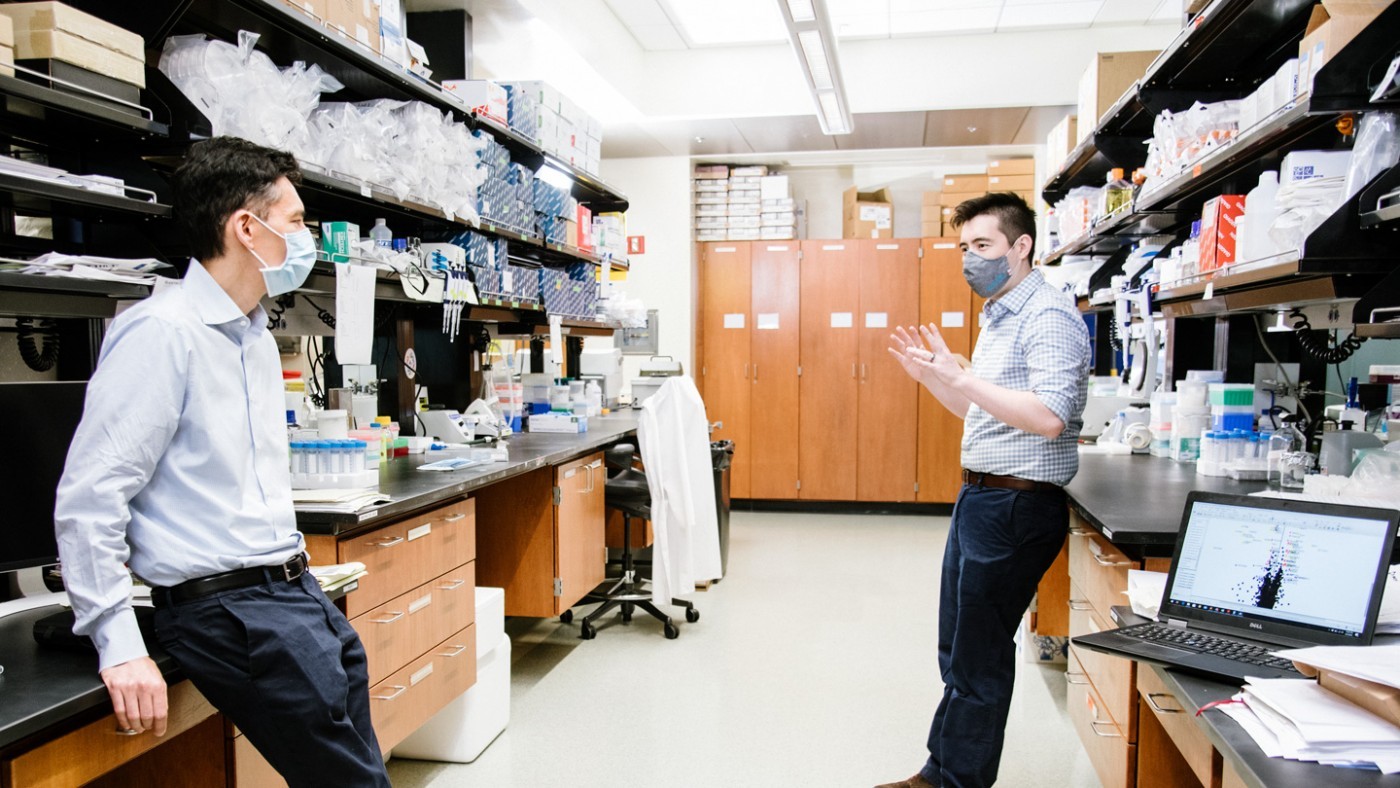
A team at Gladstone Institutes screened the human genome for genes that play a role in making or consuming cellular energy
 | Congratulations to Zak for receiving the Berkelhammer Award for Excellence in Neuroscience! |
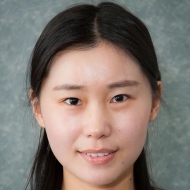 | Congratulations Huihui for receiving a fellowship from the Alzheimer’s Association! |
 | Congratulations to Kevin for starting medical school! |
 | Congratulations Neal for receiving the Distinguished Achievement in Science Award from the Gladstone Institutes; and for receiving a Robert and Linda Mahley Career Advancement Award! |
2019
 | Meet Gladstone: Zak Doric Zak Doric, fourth-year grad student in the Nakamura lab, describes his research on Parkinson’s disease, and reveals a hidden talent for white water rafting. |
 | Welcome Yu-tao Liu who is visiting our lab from China for 1 year on a Henan Provincial Health System Study Abroad Program. |
 | Congratulations to Neal for receiving a Fellowship from the NIH/NIA! |
 | Congratulations to Neal for receiving the Berkelhammer Award for Excellence in Neuroscience! |
2018
Gladstone News—Unearthing the Secrets of Cellular Energy
Scientists shed light on cells’ most fundamental process
UCSF—CRISPR-Based Tool Maps Gene Function in Human Cells
UC San Francisco scientists have used a high-throughput CRISPR-based technique to rapidly map the functions of nearly 500 genes in human cells, many of them never before studied in detail.
2016
Congratulations to Lauren for successfully defending her thesis and graduating!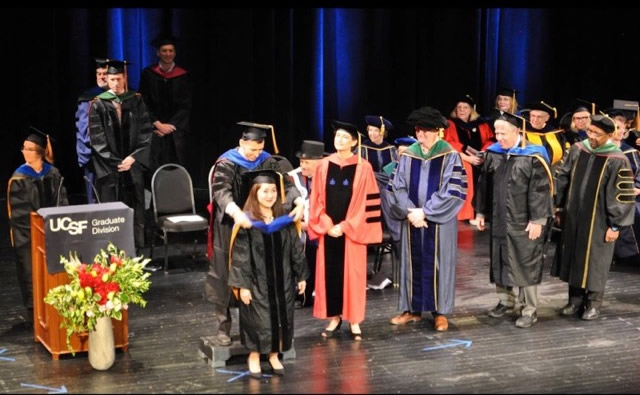
 | Congratulations to Kat for admission to the UCSF BMS Graduate Program! |
Gladstone Adds Size, Speed, and Sensitivity to Its Microscopy Core The Histology and Light Microscopy Core at the Gladstone Institutes acquired three new microscopes that improve the size, speed, and sensitivity of its imaging capabilities. These technology updates have already led to new scientific advancements.
The Histology and Light Microscopy Core at the Gladstone Institutes acquired three new microscopes that improve the size, speed, and sensitivity of its imaging capabilities. These technology updates have already led to new scientific advancements.
Gladstone News -- Ken Nakamura Receives Award from the American Academy of Neurology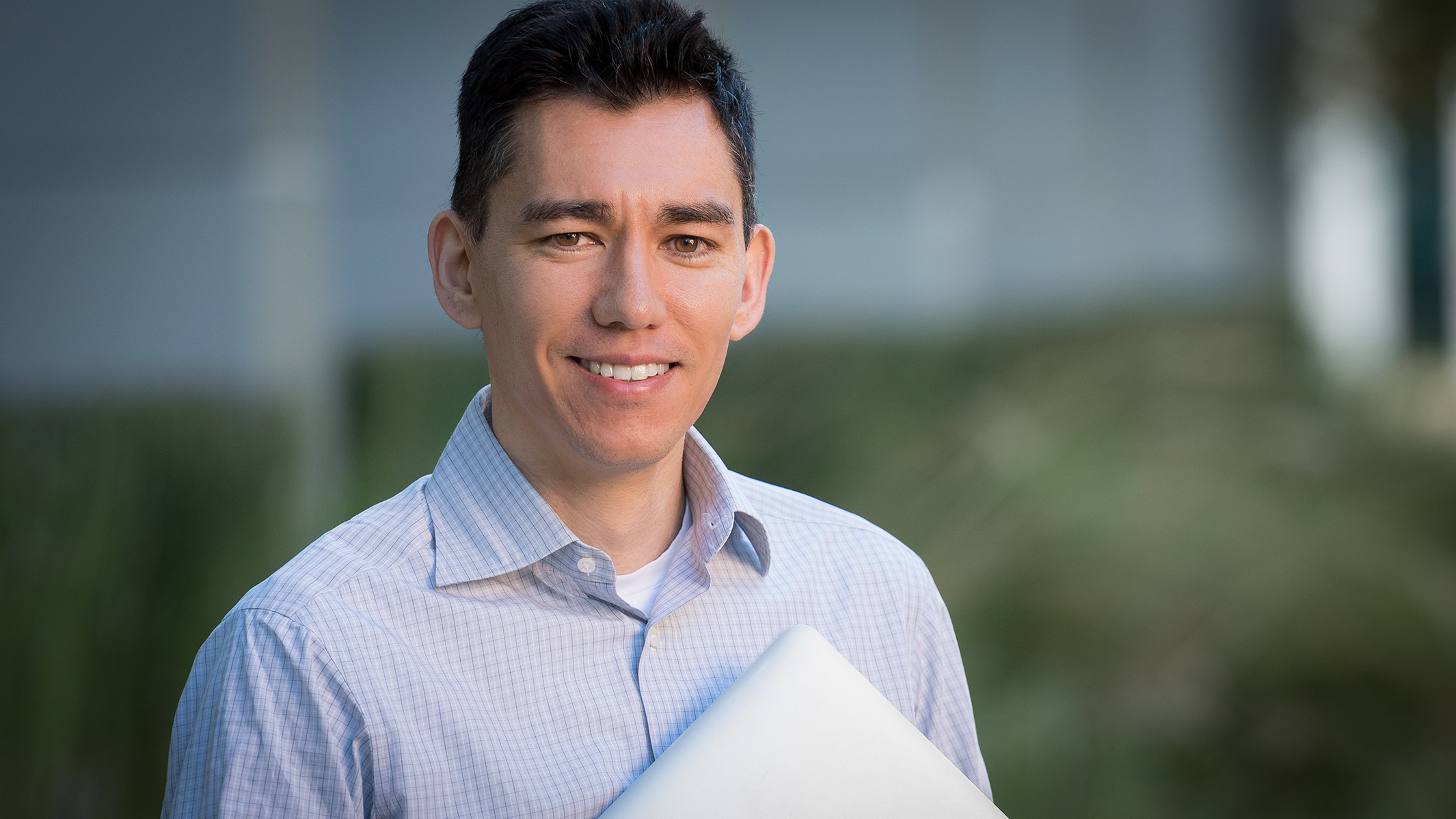 Ken Nakamura, MD, PhD, an assistant investigator at the Gladstone Institutes, received the 2015 Jon Stolk Award in Movement Disorders for Young Investigators from the American Academy of Neurology. This prestigious award recognizes young investigators who have made significant contributions to research in movement disorders. Nakamura received this award for his remarkable work on how changes in mitochondria—the power sources in cells—contribute to Parkinson’s disease.
Ken Nakamura, MD, PhD, an assistant investigator at the Gladstone Institutes, received the 2015 Jon Stolk Award in Movement Disorders for Young Investigators from the American Academy of Neurology. This prestigious award recognizes young investigators who have made significant contributions to research in movement disorders. Nakamura received this award for his remarkable work on how changes in mitochondria—the power sources in cells—contribute to Parkinson’s disease.
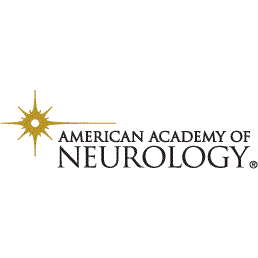 | Congratulations to Ken for receiving the Jon Stolk Award from the American Academy of Neurology! |
 | Congratulations to Lauren for receiving a Ruth L. Kirschstein National Research Service Award Fellowship! |
Gladstone News -- Profile: Dominik Haddad, PhD Dominik Haddad is a postdoctoral scholar in the Nakamura lab. He joined Gladstone after earning a PhD in biomedical science from the University of Leuven in Belgium. He describes his international journey to bring his passion for neurological research to Gladstone.
Dominik Haddad is a postdoctoral scholar in the Nakamura lab. He joined Gladstone after earning a PhD in biomedical science from the University of Leuven in Belgium. He describes his international journey to bring his passion for neurological research to Gladstone.
2015
Gladstone Press Release -- Loss of Cellular Energy Leads to Neuronal Dysfunction in a Model of Neurodegenerative Disease
A new study from the Gladstone Institutes shows for the first time that impairments in mitochondria—the brain’s cellular power plants—can deplete cellular energy levels and cause neuronal dysfunction in a model of neurodegenerative disease.
- Mitochondrial Disease News -- Reduced Cellular Energy Leads to Cell Dysfunction in Neurodegenerative Diseases
- Bel Marra Health -- Mitochondria defects linked to lower energy levels and neuronal dysfunction
- Neuroscience News -- Depleted ATP Levels Causes Neural Dysfunction in Model of Neurodegenerative Disease
- Science Daily -- Scientists Developed New Tests to Accurately Measure Brain's Energy Supply, Which is Essential for Understanding How Impairments in the System Cause Neurodegeneration
- Medical Xpress -- Loss of Cellular Energy Leads to Neuronal Dysfunction in Neurodegenerative Disease Model
- News Medical -- Study Shows Link Between Impaired Mitochondria, Energy Failure, and Neuronal Dysfunction
- Genetic Engineering and Biotechnology News -- Neurodegeneration Shown to Result from Impaired Mitochondrial Function
- Eureka Alert -- Loss of Cellular Energy Leads to Neuronal Dysfunction in Neurodegenerative Disease Model
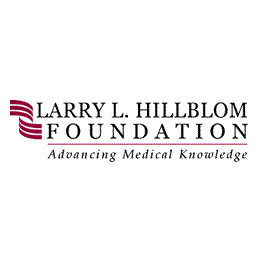 | Congratulations to Dominik for receiving a Larry L. Hillblom Foundation Fellowship! |
 | Congratulations to Lauren for receiving a Alzheimer’s Association Award for Excellence in Research on Alzheimer’s! |
 | Congratulations to Dominik for receiving a PDF-sponsored Travel Grant to attend the Fostering New Directions in Parkinson's Research Course! |
 | Congratulations to Dominik for receiving a Parkinson's Disease (PDF) Fellowship! |
 | Congratulations to Adam for receiving a NIH travel grant to the Training in Neurotherapeutics Discovery for Academic Scientists! |
2014
Gladstone News -- Parkinson’s Disease Experts Make A Series of New Discoveries Affecting nearly 10 million people worldwide, Parkinson’s disease (PD) is among the most prevalent and destructive of all neurodegenerative conditions. Renowned Gladstone investigators Anatol Kreitzer, PhD, and Ken Nakamura, MD, PhD, are using basic scientific research to address PD head-on, making a series of critical new discoveries about the disease.
Affecting nearly 10 million people worldwide, Parkinson’s disease (PD) is among the most prevalent and destructive of all neurodegenerative conditions. Renowned Gladstone investigators Anatol Kreitzer, PhD, and Ken Nakamura, MD, PhD, are using basic scientific research to address PD head-on, making a series of critical new discoveries about the disease.
Gladstone News -- Mitochondria in the Middle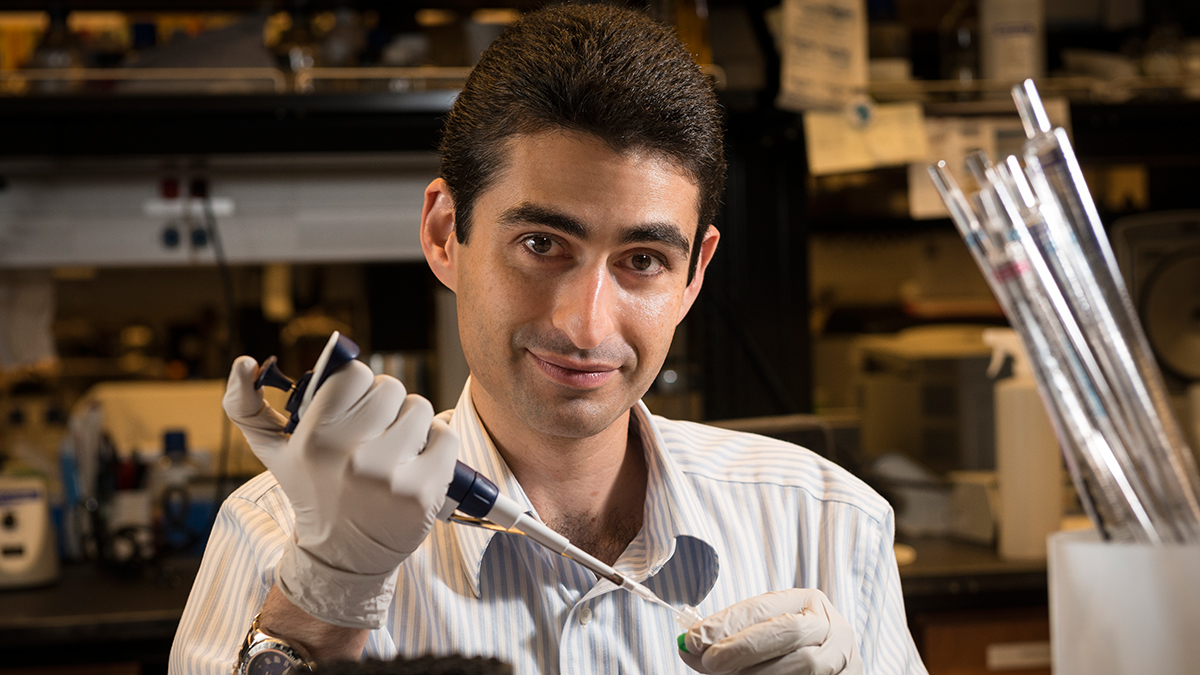 At first blush, it might seem that physician-scientist Bryce Mendelsohn, MD, PhD, likes to play both ends against the middle. Having just finished two years of residency in pediatrics, the young researcher joined the lab of Ken Nakamura at Gladstone Institutes in July where the focus is largely on Parkinson’s and Alzheimer’s diseases.
At first blush, it might seem that physician-scientist Bryce Mendelsohn, MD, PhD, likes to play both ends against the middle. Having just finished two years of residency in pediatrics, the young researcher joined the lab of Ken Nakamura at Gladstone Institutes in July where the focus is largely on Parkinson’s and Alzheimer’s diseases.
 | Congratulations to Lauren for receiving a Hillblom graduate student fellowship! |
Lab TV — Bryce Mendelsohn on Trying to Treat and Prevent Disease like Heart Attack, Stroke, and Degenerative Disease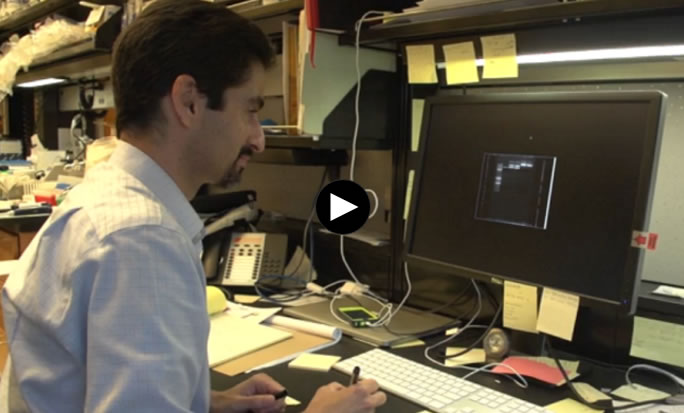 Profile of Bryce Mendelsohn on Lab TV.
Profile of Bryce Mendelsohn on Lab TV.
2013
Congratulations to Bryce for receiving a Pediatric Scientist Development Program (PSDP) research training award!
UCSF — Effects of Parkinson’s Disease Mutation Reversed in Cells
UC San Francisco scientists working in the lab used a chemical found in an anti-wrinkle cream to prevent the death of nerve cells damaged by mutations that cause an inherited form of Parkinson’s disease. The team suggests that a similar approach might ward off cell death in the brains of people afflicted with Parkinson’s disease.
Gladstone Press Release -- Unique Protein Interaction May Drive Most Common Genetic Cause of Parkinson’s Disease
Scientists at the Gladstone Institutes have discovered how the interplay between two proteins in the brain fuels the degradation and death of the class of brain cells, or neurons, that leads to Parkinson’s. These findings, which stand in stark contrast to conventional wisdom, lay much-needed groundwork for developing treatments that target the disease’s elusive underlying mechanisms.
2011
Journal of Biological Chemistry -- Direct Membrane Association Drives Mitochondrial Fission by the Parkinson Disease-associated Protein α-Synuclein
The protein α-synuclein has a central role in Parkinson disease, but the mechanism by which it contributes to neural degeneration remains unknown. We now show that the expression of α-synuclein in mammalian cells, including neurons in vitro and in vivo, causes the fragmentation of mitochondria.
 | Journal of Biological Chemistry -- Selected by JBC editors as one of the 20 "Best of 2011" papers from more than 4000 published, top paper from Neurobiology in 2011 |
 | Journal of Biological Chemistry — α-Synuclein at the Mitochondrial Membrane: Prelude to a Kill |
 | Journal of Biological Chemistry — Ken’s profile |
 | Congratulations to Lauren for receiving the National Science Foundation (NSF) graduate research fellowship! |





